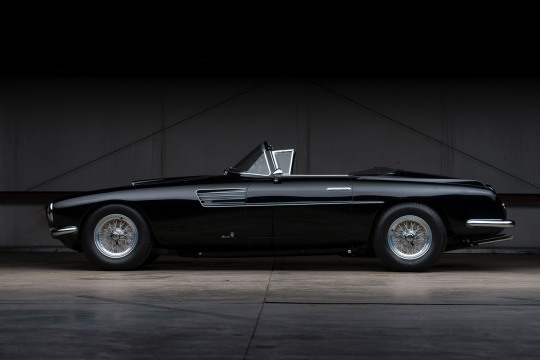#ferrari vignale
Text


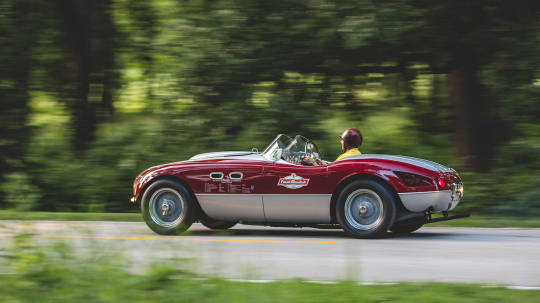
Ferrari 166 MM Spider Series II by Vignale 1953. - source Cars & Motorbikes Stars of the Golden era.
400 notes
·
View notes
Photo

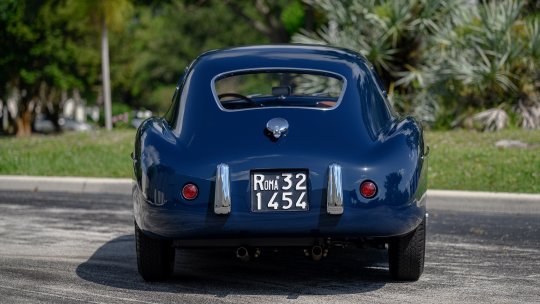

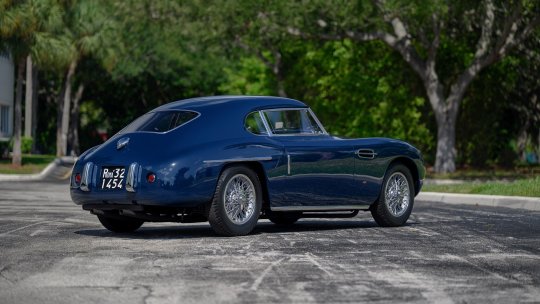


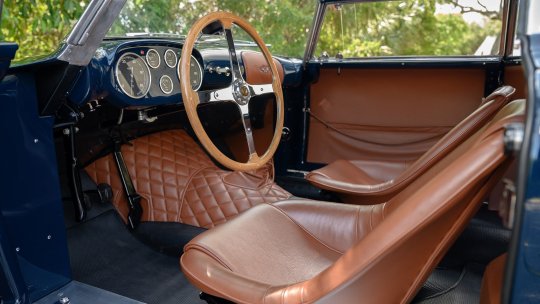
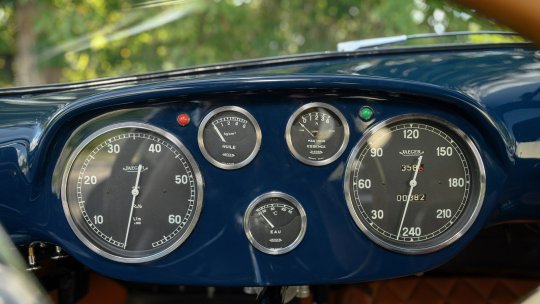
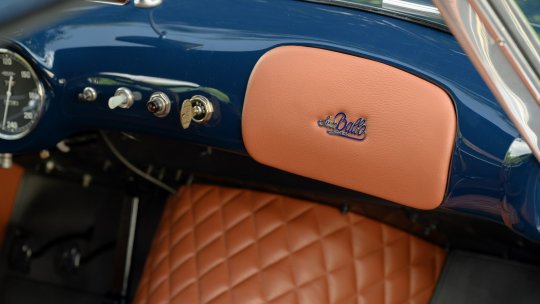
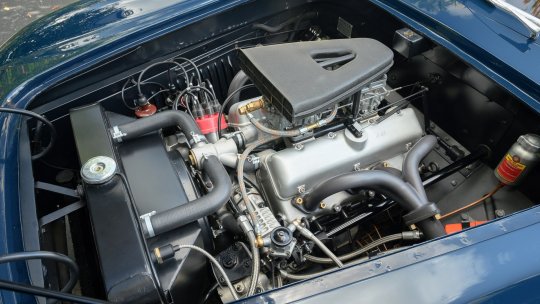
Siata 208 CS ( 1 of 6).
Societá Italiana Auto Trasformazioni Accessori (SIATA) created a marvelous assortment of machinery in its 45-year history under the guidance of the Ambrosini family. Founded by Giorgio Ambrosini in 1926, Siata specialized in performance modifications for Fiats, creating the overhead-valve conversions, multi-speed gearboxes, superchargers, and multi-carb intakes that competitive Italians wanted for their diminutive cars. The Italian auto giant conspicuously ignored—with few exceptions—the high-performance market as the Agnellis concentrated their empire around sensible, reliable, and mass-produced cars of small proportions.Siata received substantial financial assistance from Fiat following the Second World War, and by 1949 they were producing small automobiles which wore custom, house-labeled coachwork. Firmly grafted to Fiat and its engineering, Siata took a giant leap forward with the arrival of Rudolf Hruska in 1950. Hruska had worked in Porsche’s design office before the war and later collaborated with Carlo Abarth on Piero Dusio’s Cisitalia Grand Prix project. Fiat itself plotted its re-entry to the top ranks of Italian performance automobiles in 1950 with the introduction of their two-liter V-8 (dubbed "Otto Vu"), whose development was entrusted to Siata and executed in total secrecy by Hruska’s team.
The unusual oversquare, 70-degree V-8 engine featured all-aluminum castings with wedge-shaped combustion chambers. Induction was through a pair of dual-throat, downdraft Weber carburetors. With its high-revving short-stroke design and 8.5:1 compression ratio, prodigious power was channeled through a four-speed manual gearbox. Hruska planted the engine into a tubular chassis, and this became the basis of Fiat’s 8V.
Debuting at the 1952 Geneva Salon, the 8V caused an absolute sensation perhaps best equated to a meltdown of Italy’s motoring press. For many, the Siata-developed, Fiat-badged supercar defied belief. In particular, the advanced chassis featured a fully independent suspension with coil springs and telescopic shock absorbers at all four corners and was a marvelously sophisticated platform for its time, with supple and predictable handling that amazed drivers accustomed to the rigidly sprung, “flex-framed,” live-axle sports cars of the time.
Approximately 200 Tipo 104 engines were made to supply the 114 8V examples which Fiat ultimately produced. Eighty-five or so surplus engines were thusly returned to Siata, which seized the opportunity to supply them with additional house-made upgrades and implant them into the very chassis from which the earth-shattering Otto Vu had been developed.
The resulting Siata 208 CS was available as an attractive barchetta-like Spider or streamlined berlinetta, which Siata commissioned from a small pool of local coachbuilders including Bertone, Vignale, and Stabilimenti Farina. It is said that Siata openly encouraged the carryover of major styling details which these same companies were providing to Ferrari during the same period.
Perhaps the shapeliest design ever rendered upon the 208 CS, however, was executed by Balbo of Turin. Just nine berlinettas were made, of which only six examples are known to remain extant.
248 notes
·
View notes
Text

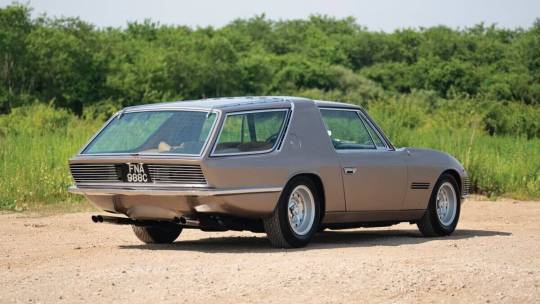
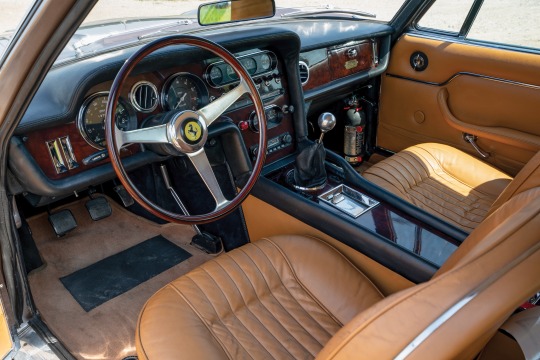
1965 Vignale Ferrari 330 GT Shooting Brake
My tumblr-blogs: https://www.tumblr.com/blog/germancarssince1946 & https://www.tumblr.com/blog/frenchcarssince1946 & https://www.tumblr.com/blog/englishcarssince1946 & https://www.tumblr.com/blog/italiancarssince1946 & https://www.tumblr.com/blog/japanesecarssince1947
27 notes
·
View notes
Text
This is the tiny, glorious 1953 Ferrari 625 TF 🇮🇹. Only 3 exemples were built, 2 spiders, and thus beautiful Coupe, with coachwork by Vignale.
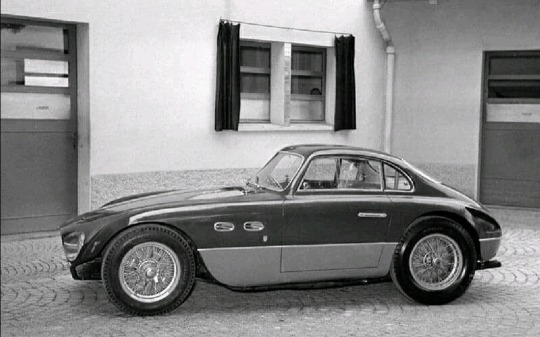
38 notes
·
View notes
Photo


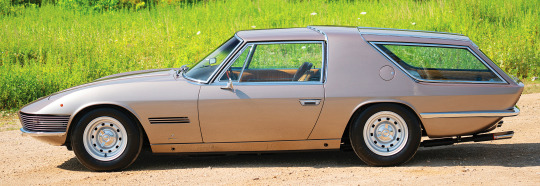

Ferrari 330 GT Shooting Brake, 1965, by Vignale. A one-off built for Ferrari’s US importer Luigi Chinetti, Alfredo Vignale retained only the doors and windshield from the donor 330 GT Series II that was used as a base car. It was shown at the 1968 Turin Motor Show but alas Vignale died soon after the car was finished. More recently it was owned by Jay Kay who sold it in 2018 for $313,000
#Ferrari#Ferrari 330 GT Shooting Brake#1965#1960s#Vignale#one off#Luigi Chinetti#shooting brake#one of one#long roof#concept#design study#Turin Motor Show
252 notes
·
View notes
Photo
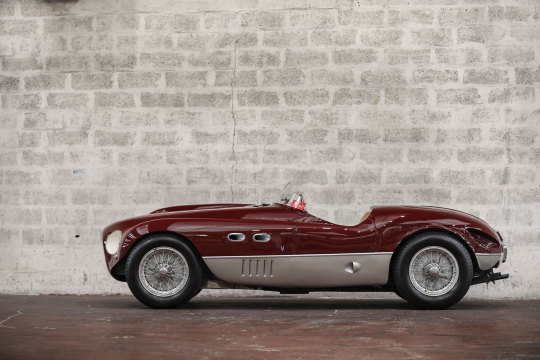
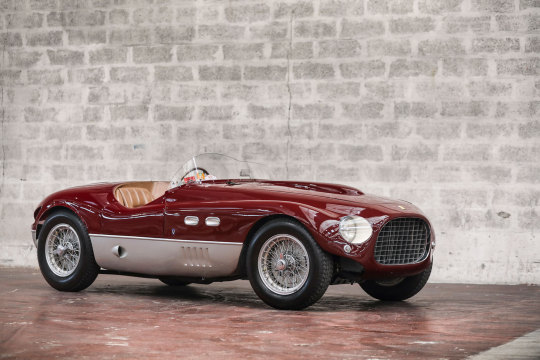
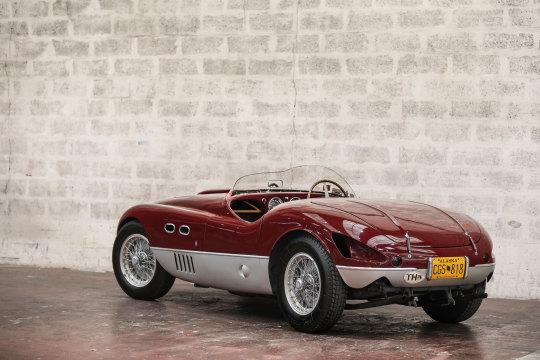


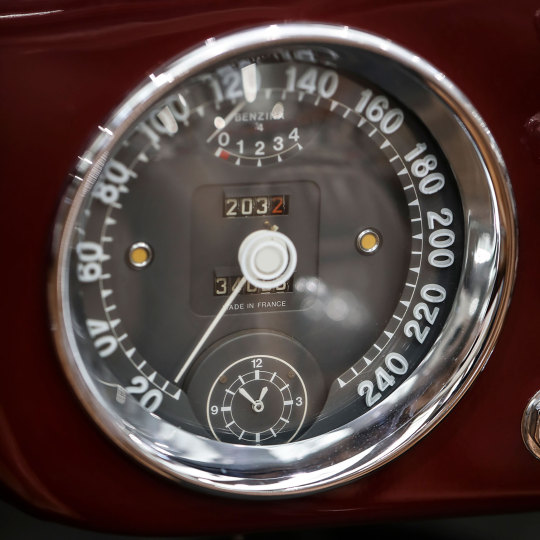
1953 Ferrari 250 MM Spider,
Model bodied by Vignale,
Mathieu Heurtault, courtesy of Gooding & Company.
#art#design#sportcars#sportcar#vintagecars#vintagecar#luxurycar#luxurylifestyle#luxurycars#ferrari#ferrari 250 MM#spider#1953#collectors#gooding&company#vignale
91 notes
·
View notes
Text

From August, 2022
#car#Ferrari#Ferrari 212 export#Vignale#black and white#Monterey Bay#pacific coast highway#Leica sl2 s#original photography on tumblr#february 2024
11 notes
·
View notes
Text



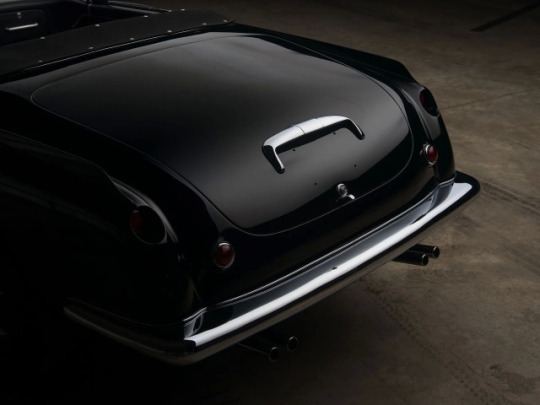
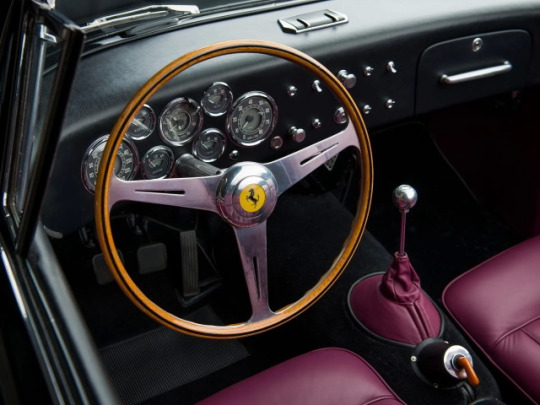
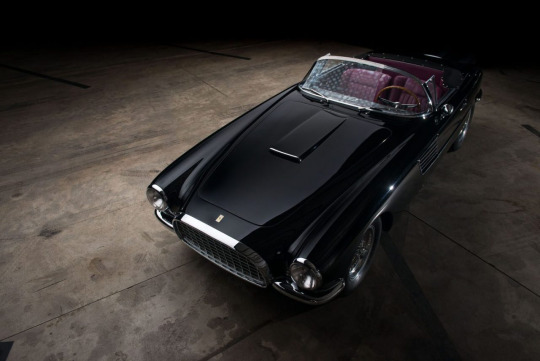
1954 Ferrari 375 America Vignale Cabriolet, one made….
23 notes
·
View notes
Photo

1953 Ferrari 212 Vignale Coupe - 2014 Copperstate 1000
14 notes
·
View notes
Photo

1949 #Ferrari 166MM Touring Barchetta at the #hillsboroughconcoursdelegance - The #166MM #Touring #Barchetta was the car that made 1949 very special for the young #ScuderiaFerrari and started the story of success for Enzo #Ferrari. At his presentation in Torino in September 1948 the 166 MM, the letters stand for #MilleMiglia, the spectators were very impressed about the beautiful design and the rounded shape with its fine lines. - Nobody could imagine how well this race car was able to perform in the heat of competition in 1949. The success came very fast. At the first main event in April 1949, the iconic Mille Miglia, two 166 MM finished first and second overall. Then Luigi Chinetti won the most important race of the season, the 24 hours of Le Mans. It was the first victory for the Scuderia Ferrari, many more should come thereafter. Only a few weeks later, at the 24 Hours of #SpaFrancorchamps Luigi Chinetti took another win. These three world class performances established the excellence and reputation of Ferrari. The #PrancingHorse was on the fast lane. It was the beginning of Ferrari’s #racing history and the birth of the myth with all the upcoming legends and stories. - The 166 MM #Barchetta was a fabulous race car, strong and reliable. And it was state-of-the-art in 1949. The most #legendary #car is of course the Number 22 with the chassis number 0008M. This is the Mille Miglia and #LeMans winning car from #LuigiChinetti of 1949. You have to remember that in this era long-distance-races as the #MilleMiglia and the #24hoursofLeMans were much more important than the #FormulaOne. So the success of the great #166MM Barchetta was very important for the young company and for #EnzoFerrari. The 166 MM #Barchetta was produced between 1949 and 1953. In total 46 cars were built, most of them as a race cars. The bodywork came from the #CarrozzeriaTouringMilano for the first cars, later on there were versions by #Vignale, #Pininfarina and some others. The first series created 125hp at 7000rpm from the #12cylinder Colombo engine, than Series Two got a stronger but also heavier 12 cylinder with 160hp. #retrocar #drivetastefully #SaveTheManuals (at Hillsborough Concours D'Elegance) https://www.instagram.com/p/Cff9mrSrIy5/?igshid=NGJjMDIxMWI=
#ferrari#hillsboroughconcoursdelegance#166mm#touring#barchetta#scuderiaferrari#millemiglia#spafrancorchamps#prancinghorse#racing#legendary#car#lemans#luigichinetti#24hoursoflemans#formulaone#enzoferrari#carrozzeriatouringmilano#vignale#pininfarina#12cylinder#retrocar#drivetastefully#savethemanuals
2 notes
·
View notes
Text
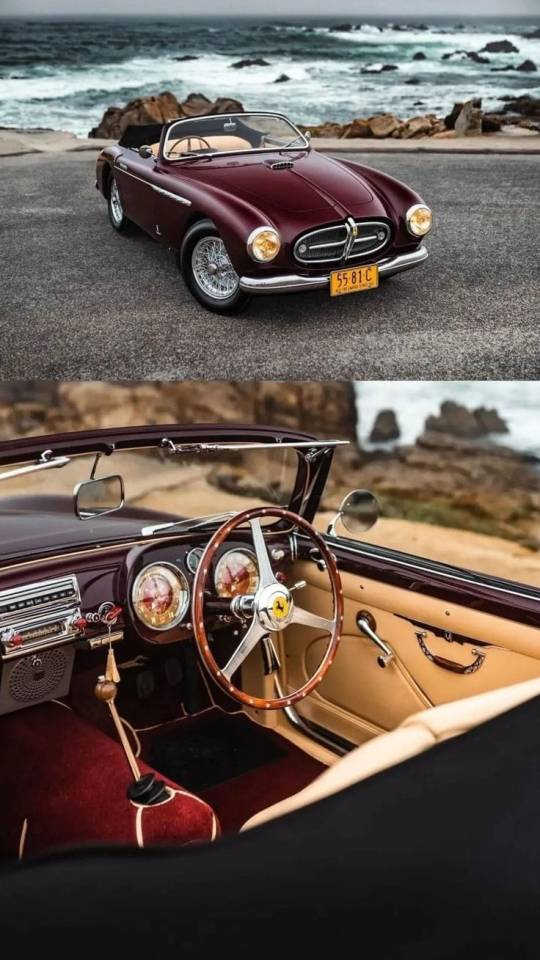

Ferrari 212 Export Vignale Cabriolet 1951. - source Victor Dos Santos.
173 notes
·
View notes
Photo

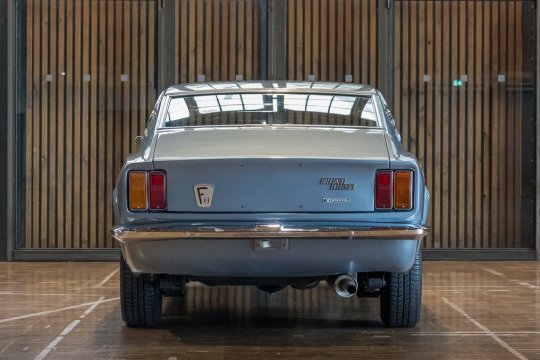
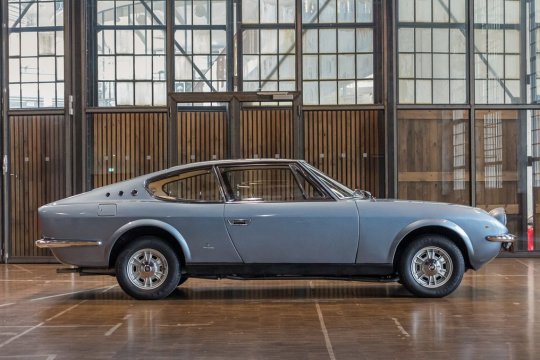
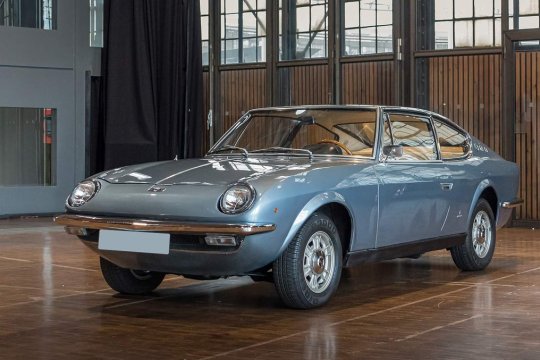
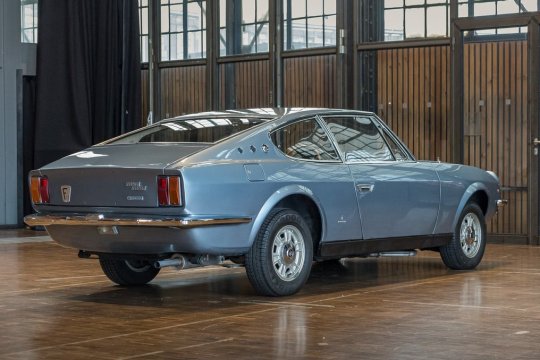

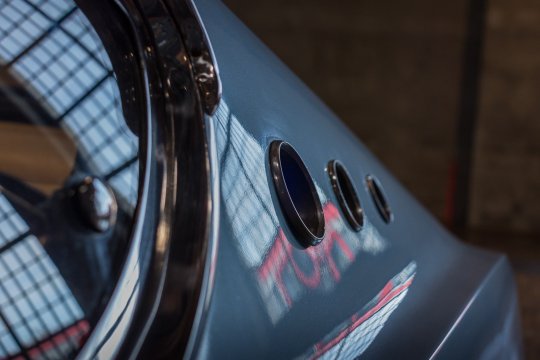
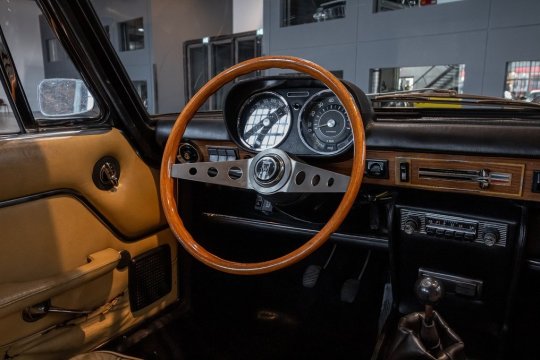


Fiat 125 S Samantha Vignale Coupé
One of the most illustrious of Italian coachbuilders, Carrozzeria Vignale had been founded in 1948 by Alfredo Vignale, whose career had begun pre-war with a successful design on the FIAT Topolino chassis. Enzo Ferrari’s favoured coachbuilder during the Maranello manufacturer’s formative years, Carrozzeria Vignale also designed and built cars for Lancia and Maserati among others, and in the 1960s branched out into automobile manufacture in its own right. For FIAT, Vignale built show models, prototypes and some limited edition models. Based on the contemporary FIAT 124 and 125 models, the 1.6-litre Vignale-bodied Samantha was built in small numbers in the late 1960s. Vignale’s sleek coupé body had very fluid lines thanks to the recessed ‘pop up’ headlights, yet nevertheless afforded comfortable seating for four and a decent amount of luggage space. With 100bhp on tap, delivered via a five-speed gearbox, the Samantha was similar in performance to the 125S donor car with a 0-60mph time of 13 seconds and a top speed of 106mph. The downside was that it cost twice as much.
Only a relative handful are believed to survive, making the Samantha 125S one of the rarest twin-cam FIATs of the period. In fact, by 1971, only about 100 copies were produced, were nicknamed "Little Maserati."
#Fiat 125 S Samantha Vignale Coupé#Carrozzeria Vignale#Alfredo Vignale#FIAT#Enzo Ferrari#Lancia#Maserati
476 notes
·
View notes
Text

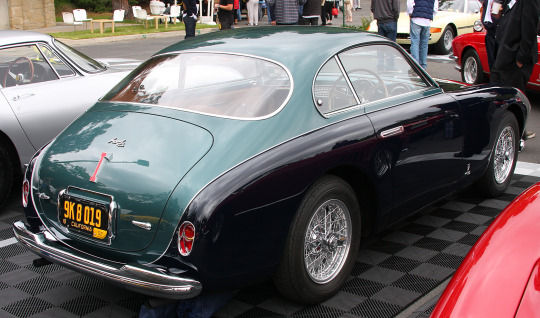

1951 Ferrari 212 Export Vignale
My tumblr-blogs: https://www.tumblr.com/blog/germancarssince1946 & https://www.tumblr.com/blog/frenchcarssince1946 & https://www.tumblr.com/blog/englishcarssince1946 & https://www.tumblr.com/blog/italiancarssince1946
11 notes
·
View notes
Photo

Ferrari 212 Inter Vignale Cabriolet
0 notes
Photo




Ferrari 250 Europa Coupé, 1953, by Vignale. Enzo Ferrari commissioned Vignale to build two prototypes with a view to eventual series production. The 250 Europa Coupé was designed by Giovanni Michelotti, who was working for Vignale at the time. Presented at the Paris Motor Show, the car’s design proved to be controversial and production plans were shelved
#Ferrari#Ferrari 250 Europa Coupé#Vignale#Giovanni Michelotti#Michelotti#concept#prototype#design study#1953#Paris Motor Show
359 notes
·
View notes
